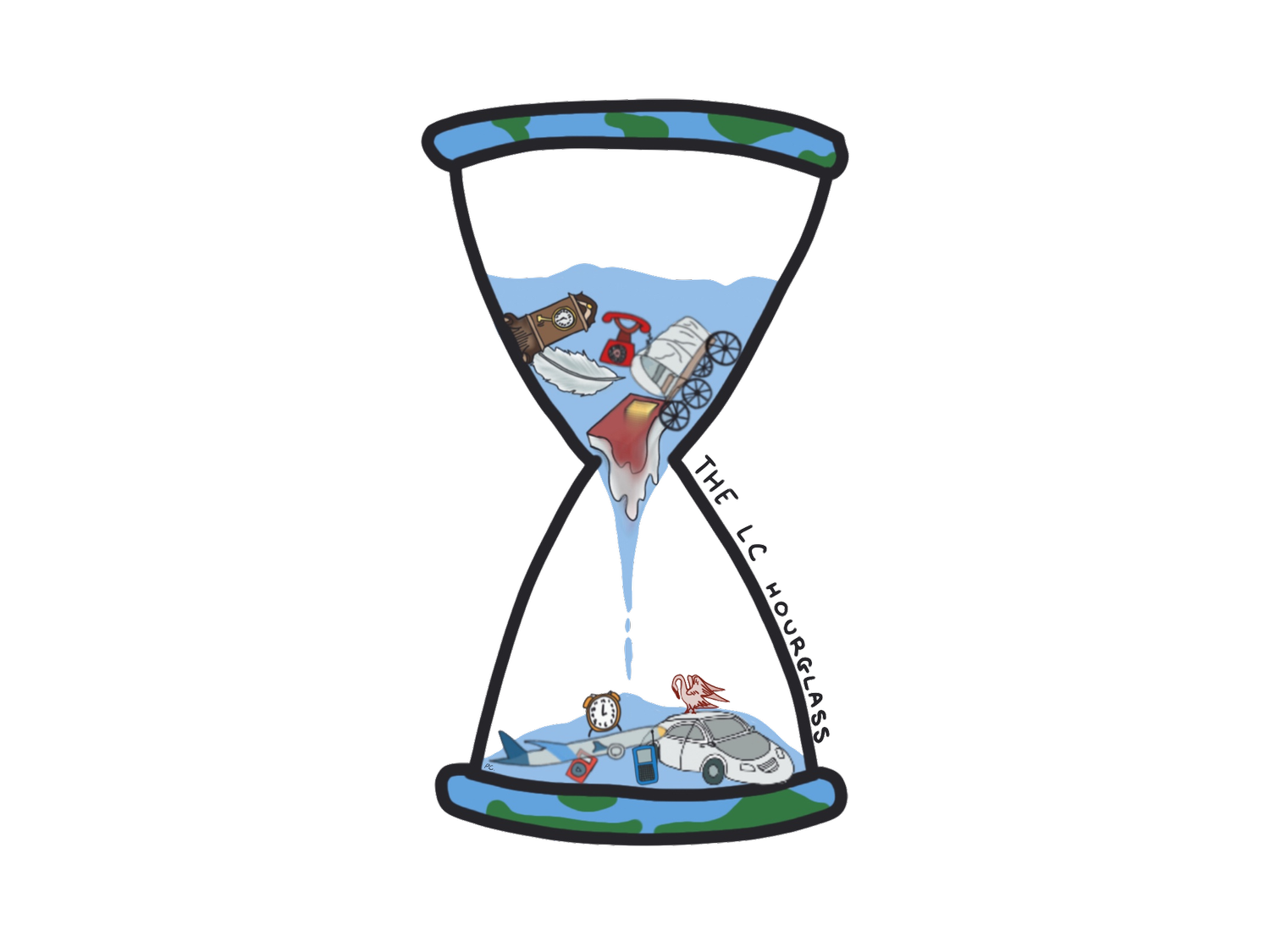Child Abuse: Why has Nothing Been Done and How Can We Help?
By Abby Fullerton, 2026
Child abuse is undoubtedly a substantial issue in today’s world. In fact, this issue is so common that about twenty-five percent of children experience either neglect or child abuse throughout their lifetime. Children who have experienced abuse are not only affected in the short-term by bruises, cuts, and broken bones, but they are put at a higher risk for substance abuse, delayed brain development, limited employment opportunities, and even more effects on their futures. However, child abuse is not a new issue in our world; almost one-hundred-fifty years ago, one of the first child abuse cases was documented in 1874. One-hundred-fifty years have gone by since this matter was brought to legal attention and shed light upon this dreadful issue, yet although there are organizations in place to help these children, they are mostly ineffective, and many children have been failed by the system. So, considering that child abuse is so widespread and detrimental, why has nobody done anything about it and what can we do to help?
A large contributor to why so little has been done surrounding child abuse is a major fault in the system: underreporting. Despite the law, oftentimes child abuse cases are not legally communicated, and this lack of disclosure causes data misrepresentation therefore weakening the child support system. For example, an important issue effectuated by the skewed data is child welfare. During a three-year study, The Children’s Advocacy Institute found that “not one state has met all of the minimum child welfare standards set by the federal government.” Because of the blemishes in the system, local officials claim that they are spending ample time attempting to meet these standards by filling out paperwork, which deprioritizes the children in need and precludes them from receiving the help that they deserve. The nationwide failure to meet the basic child welfare standard is pressing to address because it affects the children’s well-being and offers little support around the topic of child abuse. Still, child welfare is not the only system flaw that is induced by underreporting. From a wider perspective, the large amount of underreporting is detrimental to the progress of helping children who have been abused because by masking the extent of child abuse, more children are endangered. This issue in itself is imperative to resolve because all children in the child welfare system and other systems are not receiving the support they are entitled to, and the current methods to resolve child abuse have been failing.
In light of this, it is important to focus on how this issue can be addressed through concrete actions and what communities are able to do to assist victims of child abuse. As indicated previously, a major factor as to why child abuse is still such a widespread problem is the underreporting of abuse cases. Thus, as an individual, it is important to be able to recognize the signs of child abuse and report them if you suspect somebody is being abused. While child abuse or neglect presents differently in every individual, several children undergo behavioral changes such as social withdrawal, decreased school performance, anxiety, depression, symptoms of post-traumatic stress disorder (PTSD), and several more habit variations. Spreading awareness and taking note of typical abuse indicators can make a vast impact on the lives of children who have been abused. It is important that if you notice an abnormality in a child’s behavior, you ask yourself the question: “If they do not receive the help they need, how will I feel knowing that I had the opportunity to change their life but did not do anything?” Child abuse is a critical concern in our society, and it is devastating that so little has been done regarding the matter. Because of our reluctance to report potential cases, there is a large amount of legal misinformation that contributes immensely to the deterioration of organizations in place to help children who are suffering. So please, if you notice anything or are suffering yourself, do not be afraid to offer or ask for help.
Bibliography
Brown, Casey L, Musa Yilanli, and Angela L Rabbitt. “Child Physical Abuse and Neglect - Statpearls - NCBI Bookshelf.” Child Physical Abuse and Neglect. Accessed October 29, 2023. https://www.ncbi.nlm.nih.gov/books/NBK470337/.
Mary Ellen’s Story. (n.d.). Child Advocacy Services. Retrieved November 1, 2023, from https://childadv.net/download/attachment/5#:~:text=Page%201-
,This%20is%20one%20of%20the%20first%20documented%20cases,abuse%20in%20the%2 0United%20States.&text=Mary%20Ellen's%20case%20took%20place,of%20abused%20and %20neglected%20children.
Fessler, Pam. “Child Abuse and Neglect Laws Aren’t Being Enforced, Report Finds.” NPR, January 27, 2015. https://www.npr.org/sections/health-shots/2015/01/27/381636056/child abuse-and-neglect-laws-arent-being-enforced-report-finds. Signs & Symptoms of Abuse/Neglect.” Child Abuse. Accessed October 31, 2023. https://childabuse.stanford.edu/screening/signs.html.
